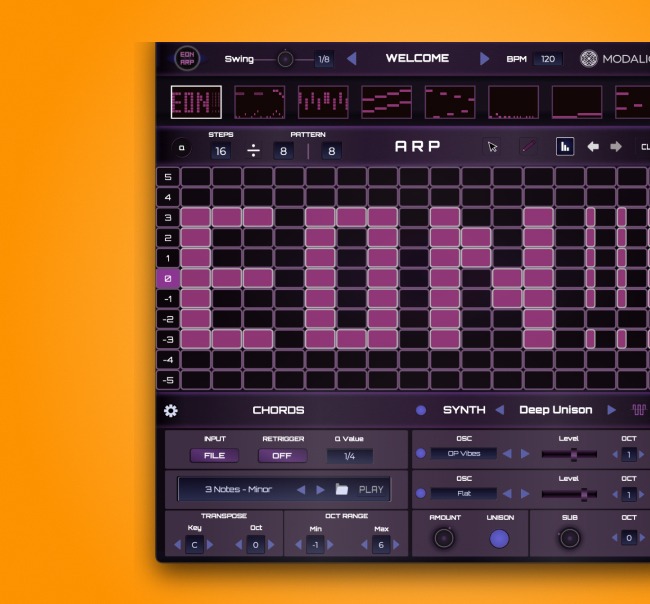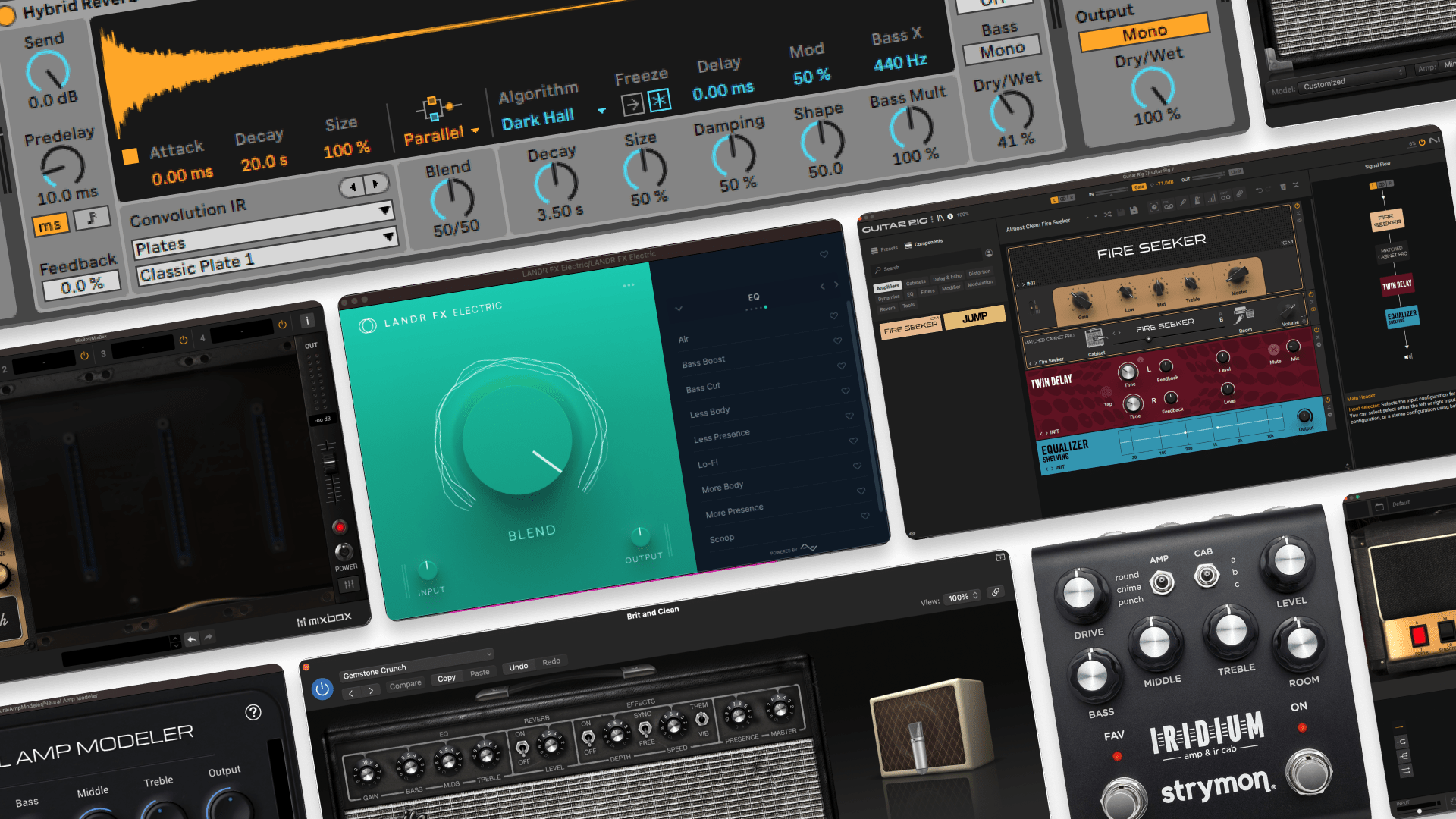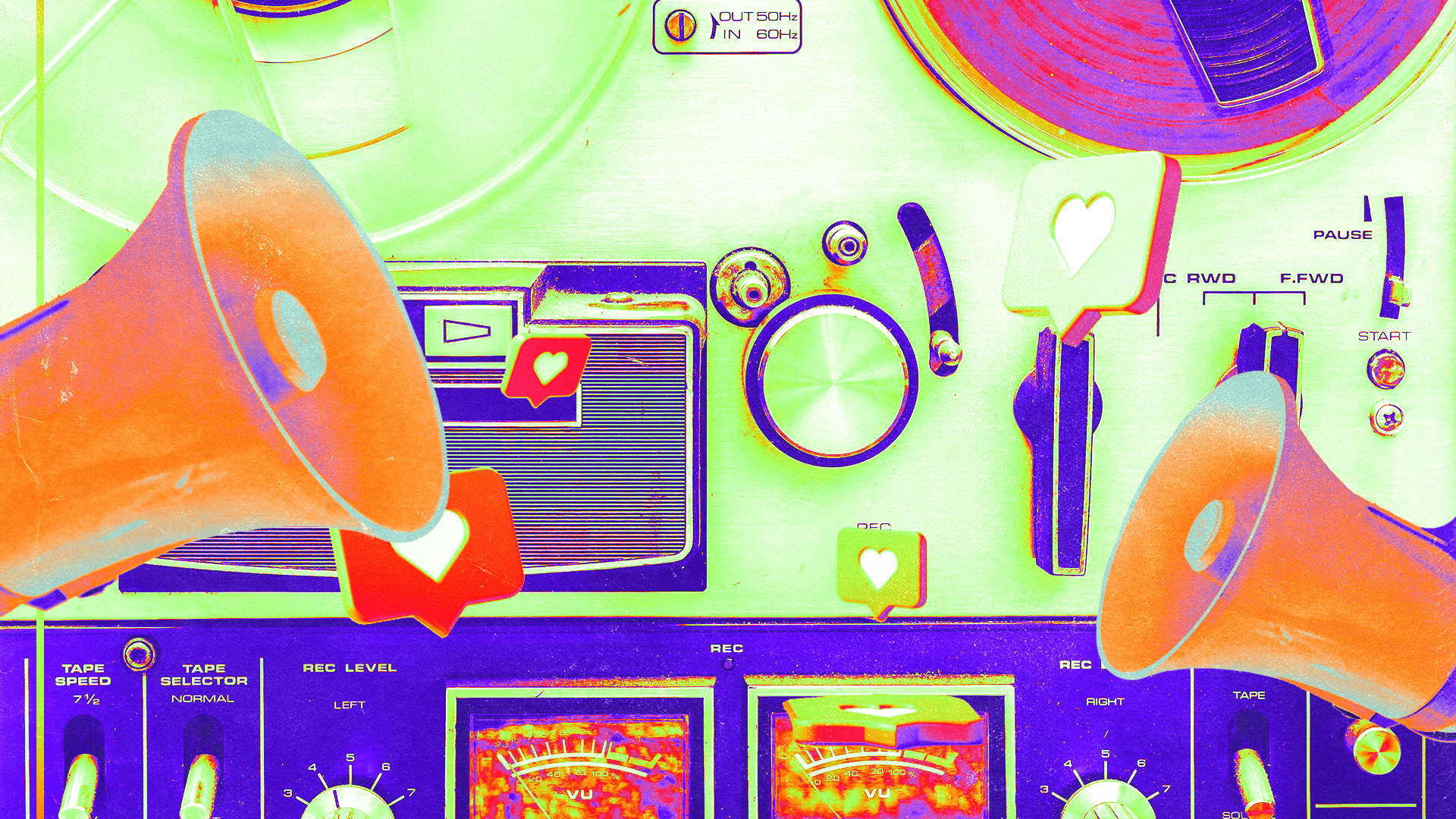
The ARP 2600: How to Use this Iconic Synth in Your Tracks with Free VSTs
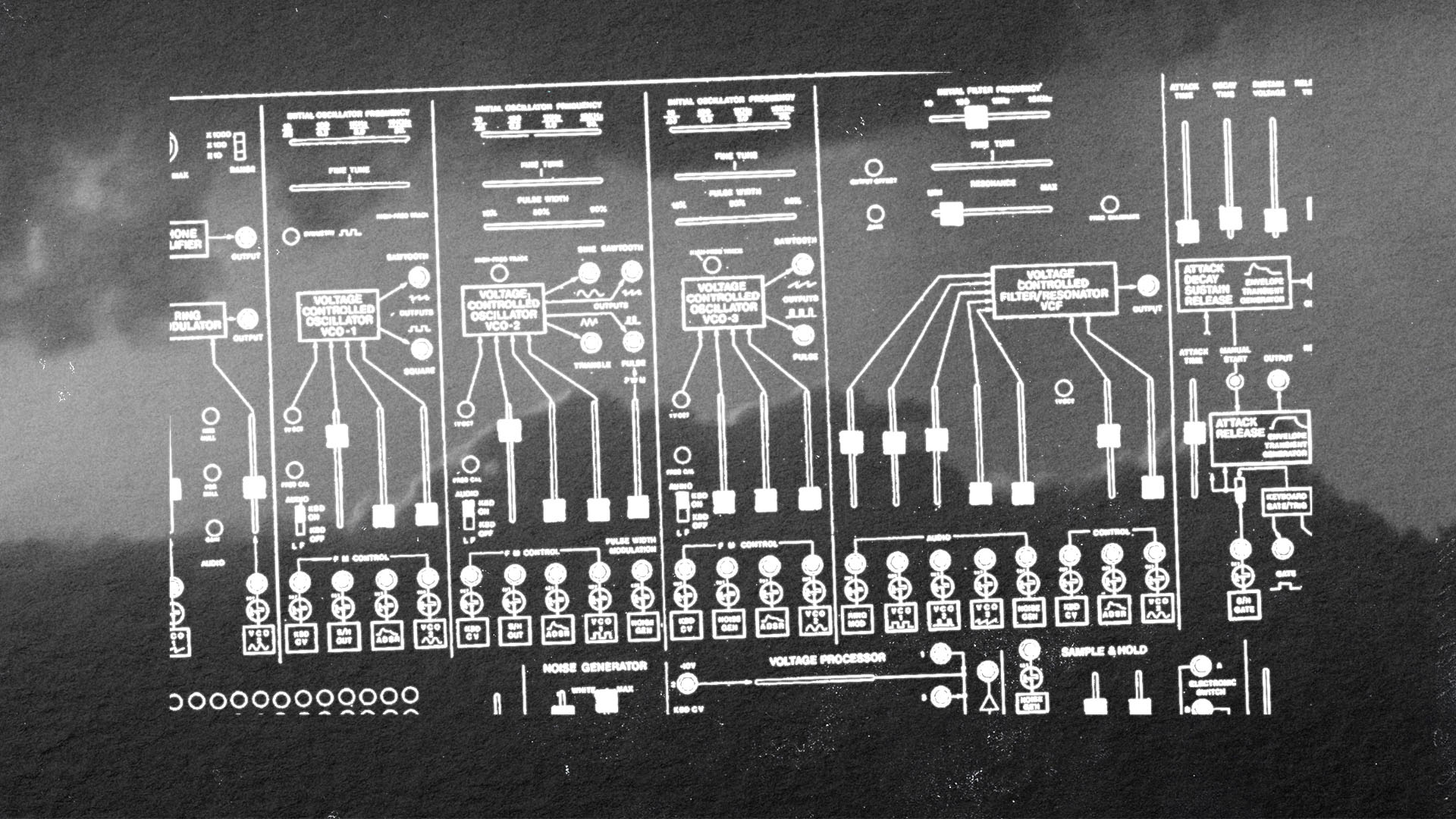
The ARP 2600 is responsible for some of the most iconic synth sounds in popular culture.
From the oscillating and undulating synth sound of The Who’s “Who Are You”, to the sounds of R2D2 in the first generation of Star Wars—you’ll find the ARP 2600 used time and time again.
Even today, the ARP 2600’s intuitive design, modular interface and the plethora of possibilities it offers to musicians and sound designers make it a sought-after piece for studios of all sizes.
So it’s no surprise that there are a handful of remakes and re-issues available on the market today—whether you want a hardware remake of the ARP 2600 or a software emulation, there’s definitely an option that’ll suit your budget.
In this article, we’re going to explore the history of the legendary ARP 2600, explore its various sounds, patches and presets and explore some of the modern hardware and software options for incorporating this legendary synth into your sounds.
Let’s dive in!
What is the ARP 2600?
The ARP 2600 is a modular, monophonic synthesizer that was manufactured by ARP Instruments in 1971. ARP refers to the company’s namesake founder Allen R. Pearlman.
The ARP 2600 is best known for its pioneering interface that featured a faceplate with visually connected sections that made it easier to understand and experiment with various patch cable configurations.
The ARP 2600 was also one of the first commercially available synths that came with a pre-wired starter patch—meaning that you could simply turn on the synth and the keys would make a sound. It was essentially the world’s first synth preset.
This made it user-friendly for artists to simply sit down and start experimenting with melodies and sequences—before patching in new configurations.
What made the ARP 2600 so important?
Because the ARP 2600 came as a semi-modular pre-assembled synth that could make a sound without any patch cables applied—it was the most user-friendly synth on the market for its time.
Musicians who knew their way around a keyboard didn’t need to learn the ins and outs of synthesis to pick up the instrument and start experimenting—especially since the ARP came with a keyboard of its own that could be played like a keytar with an extended cable.
Legendary artists like Stevie Wonder, Pete Townshend and Brian Eno were given a great interface to start experimenting with the synth’s sound design capabilities.
On top of that, the ARPs popularity really took off when Tom Oberheim (another legendary synth engineer) engineered a keyboard that gave it duophonic functionality by independently controlling its two oscillators.
Adding the ability to play two different notes at once dramatically changed the synths applications and gave artists who loved the instrument more room to experiment.
Edwin Winter was also one of the first artists to use a “keytar” in his band with the song “Frankenstein”.
Edwin Winter was also one of the first artists to use a “keytar” in his band with the song “Frankenstein”.
The idea came together when he figured out how to attach a long cable to the ARP 2600’s keyboard, making it possible for him to wear and play it while walking around on stage.
Most importantly, the ARP 2600 just sounded good.
If you wanted a huge sub-bass tone you could find exactly what you wanted, whirring pads were no problem and if you were looking for wooshing sound effects there was a way to patch it in.
Musicians needed an accessible way to use a synthesizer—something that could make a sound instantly, without any patch cables.
Even the sounds for R2D2 in the first generation Star Wars came from Ben Burtt’s idea to combine his voice with the ARP 2600’s various bleeping and blooping patches.
The ARP 2600 today
Today the ARP 2600 is definitely one of the most sought-after synths on the vintage market. It’s not uncommon to see them fetch prices well above $10,000 on vintage marketplaces.
So it’s no surprise that manufacturers like Korg and Behringer have recently come out with variations of the original—but with modern updates and added functionality like MIDI and USB connectivity, internal sequencers, extra oscillators and more
Korg’s edition of the ARP 2600, stays very true to the original synth, keeping much of its original feel, look and branding through a revived partnership with ARPs founders.
If you have a decent budget but can’t stomach a risky vintage purchase, the Korg edition at around $2,500 USD is a respectable option.

Behringer however offers a convincing and much cheaper, stripped-down modular only version of the ARP 2600 with the Behringer 2600.
Still, Behringer’s edition comes with some important quality of life upgrades that make it a truly modern reproduction of the original.
Coming in at $659 USD, the Behringer 2600 is an outrageously affordable version of the ARP 2600 and makes for an excellent choice if an affordable hardware synth is in your wheelhouse.
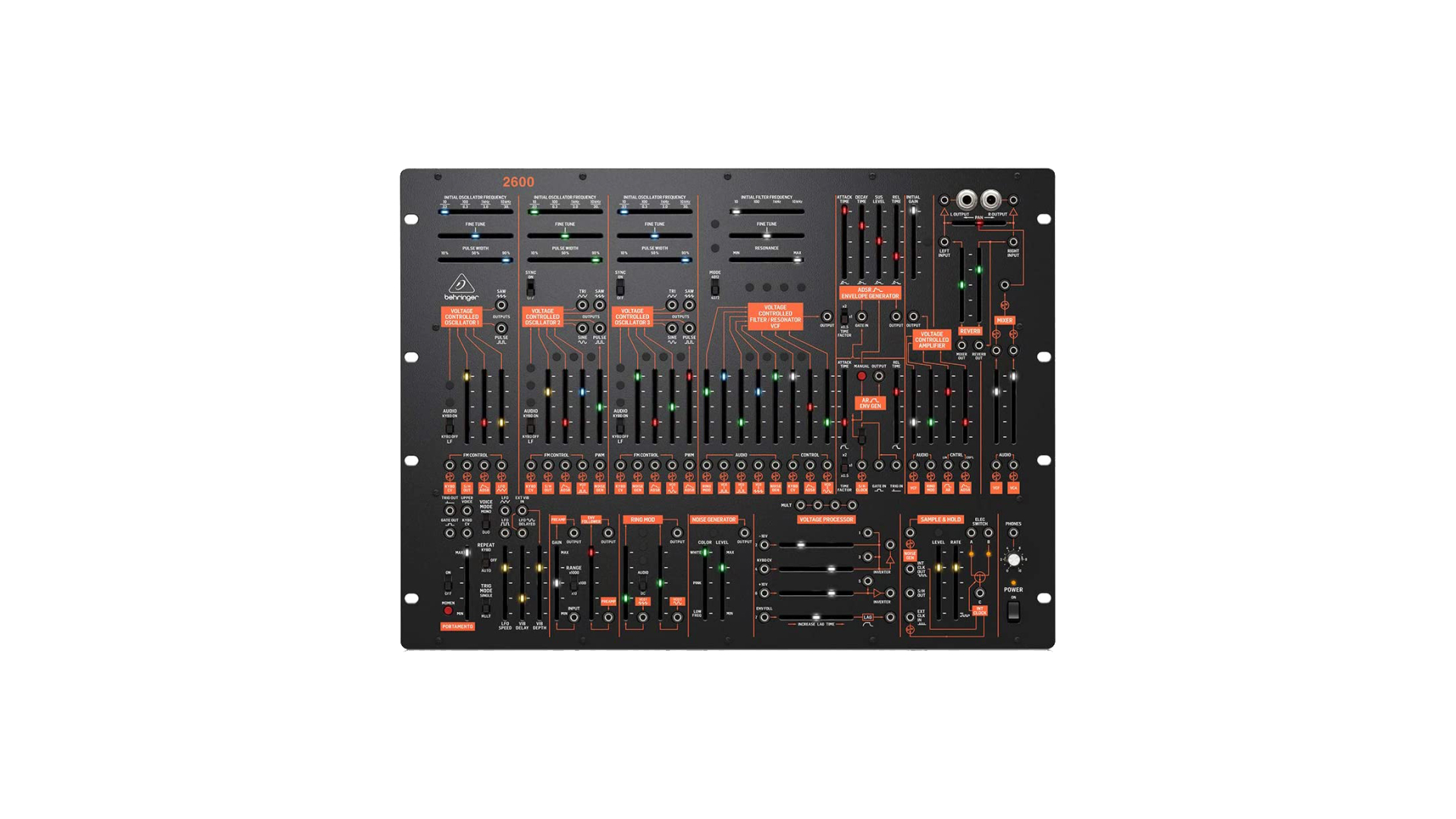
The 5 Best ARP 2600 VSTs
The ARP 2600 is a big synth, it takes up a ton of space regardless of the model or manufacturer
So, if your budget is a bit tighter or you don’t know where you’d store one, there’s a handful of excellent ARP 2600 plugins that dutifully re-create the sound of the original synth.
Here’s the 5 best ARP 2600 VSTs at a variety of price points.
1. ARP 2600 V – Arturia
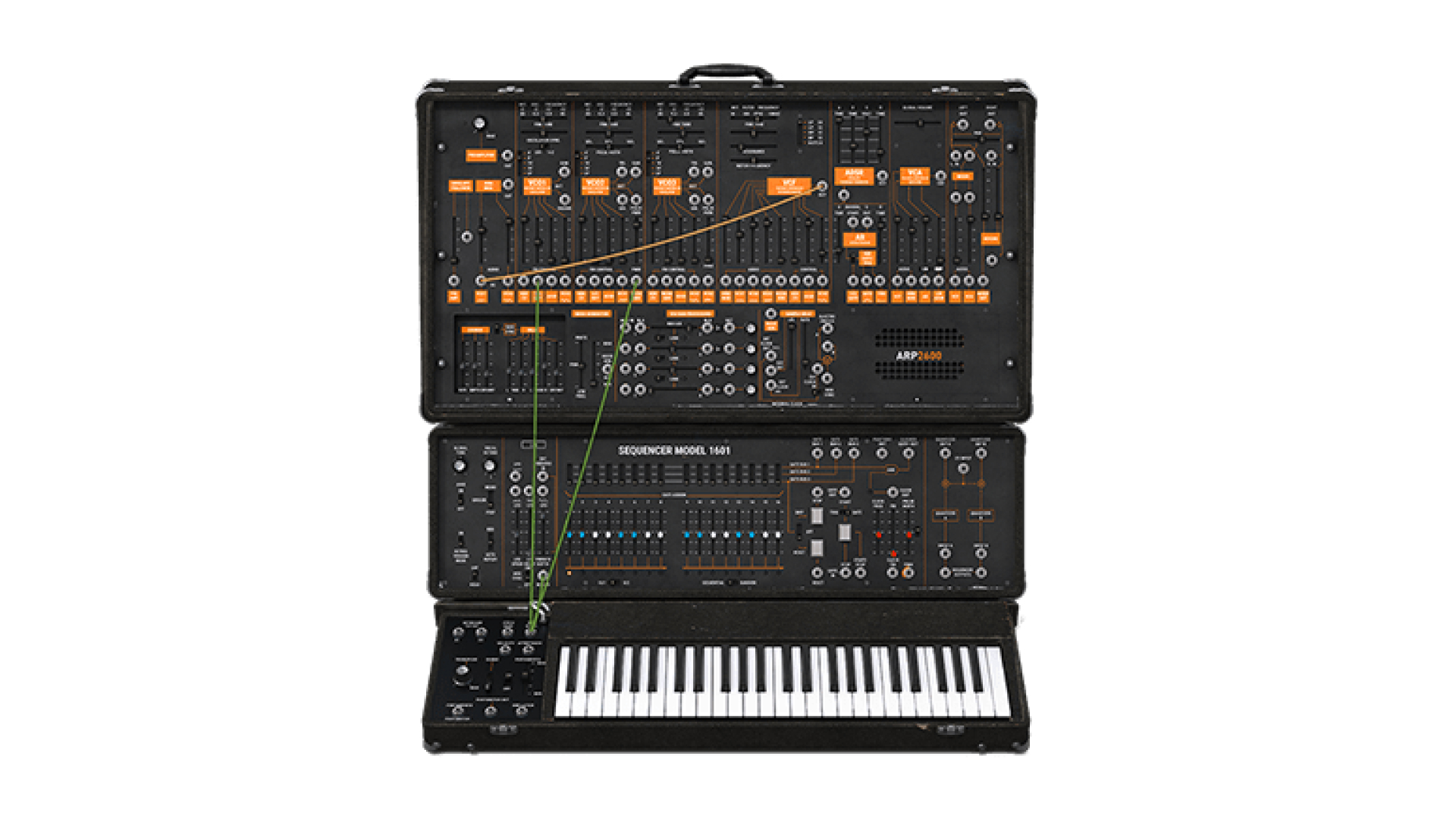
If you’re looking for the most authentic re-creation of the ARP 2600 possible, you can’t go wrong with Arturia’s ARP 2600 V plugin.
Widely lauded for being the most convincing software instrument version of the ARP 2600—this VST comes with tons of presets, a user-friendly interface and plenty of tutorials online to help you find your way around the instrument.
Widely lauded for being the most convincing software instrument version of the ARP 2600
It also comes as part of Arturia’s V collection—which includes 28 other legendary synthesizers, to round out your collection.
The ARP 2600 V VST comes in at around $150 USD, but I’d highly recommend going with the entire V collection—since it’s only $300 and will add another 27 incredible synths to your collection.
It’s a remarkable synth VST collection and makes for a great deal that’s super attractive for producers on a budget.
Hot tip: If you’re looking for the most affordable way to use pro-quality ARP-2600-inspired sounds in your tracks check out Analog Lab Lite from Arturia. This stripped-down version of V Lab offers thousands of presets built with a legendary synth library. Analog Lab Lite comes with yearly LANDR Studio subscriptions, alongside a curated collection of powerful plugins, access to LANDR’s industry-leading AI mastering tool, unlimited digital distribution, royalty-free samples and much more!
2. CA2600 – Cherry Audio

If you’re looking for an even more affordable alternative to Arturia’s 2600 V, go take a look at Cherry Audio’s CA2600 plugin which goes for $25 USD.
It’s another ARP 2600 re-creation that’s gotten pretty good reviews and won’t break the bank.
It also comes with a fair amount of presets and the same user-friendly interface that made the ARP 2600 so popular in the first place.
3. VCV Rack

Are you really just interested in modular synthesis? The ARP 2600 is a great place to start learning about it—but if your budget is reall tight, maybe check out VCV Rack.
This free software suite makes it possible to build your very own modular synthesizer and learn the ins and outs of sound design for free.
You can add the exact modules you need and you can even try out modules that exist in the real world—if you want to build your dream modular synth.
Best of all, it’s widely lauded for being a really good-sounding synth platform that produces incredibly good sounds.
If you want to dip your toes in without making financial commitment I can’t recommend VCV Rack enough.
So, if you’re really wanting to dip your toes in and try something without making a financial commitment I can’t recommend VCV Rack enough.
The only caveat is that if you want to use VCV Rack as a VST in your DAW, you’ll need to pay for the pro edition of the plugin.
4. ODIN II

ODIN II is another high-quality free synth VST that will offer you many of the sounds and functionality that the ARP 2600 is known for.
Of course, ODIN II is not based on the ARP 2600—but it’s a high-quality modular synth plugin that’ll definitely get you close to the sounds of the ARP 2600.
Plus is comes with a handful of presets and some helpful tutorials on YouTube.
The plugin is free, so really there’s no excuse to not download it and try it out—if sound design is something you want to learn.
5. Find ARP 2600 samples

If you just like the sound of the ARP 2600 but if playing the keyboard and learning to patch one yourself doesn’t appeal to you—that’s totally fine!
There’s tons of sample packs with recordings of the original synth in them—all you have to do is download them, cut them up, tweak them if you like and then use them in your own tracks.
A simple search for ARP 2600 samples on LANDR Samples, for example, will return tons of great ARP 2600 recordings, one-shots, pads, melodies and more—all sampled from the original instrument!
Sounds From Hell Vol 1 is a great pack from Marc Houle that features a handful of ARP 2600 samples, for example.
Hermes invented the harp, Pearlman invented the ARP 2600
In Greek mythology, Hermes is said to have invented the harp with he had the wind blow over the dried sinews of a dead tortoise’s shell.
Allen R. Pearlman invented the ARP 2600 when he realized that musicians needed an accessible way to use a synthesizer—something that could make a sound instantly, without any patch cables.
By making it so easy to use he started a revolution in popular music, turning a generation of musicians into synthesists and sound designers.
These artists would go on to invent new genres, create chart-topping hits and change music history forever.
Like the ancient harp—the ARP 2600 is a beautiful instrument when played by the right hands, so it’s no surprise that many producers find themselves going back to the legendary synth time and time again.
Gear guides, tips, tutorials, inspiration and more—delivered weekly.
Keep up with the LANDR Blog.
